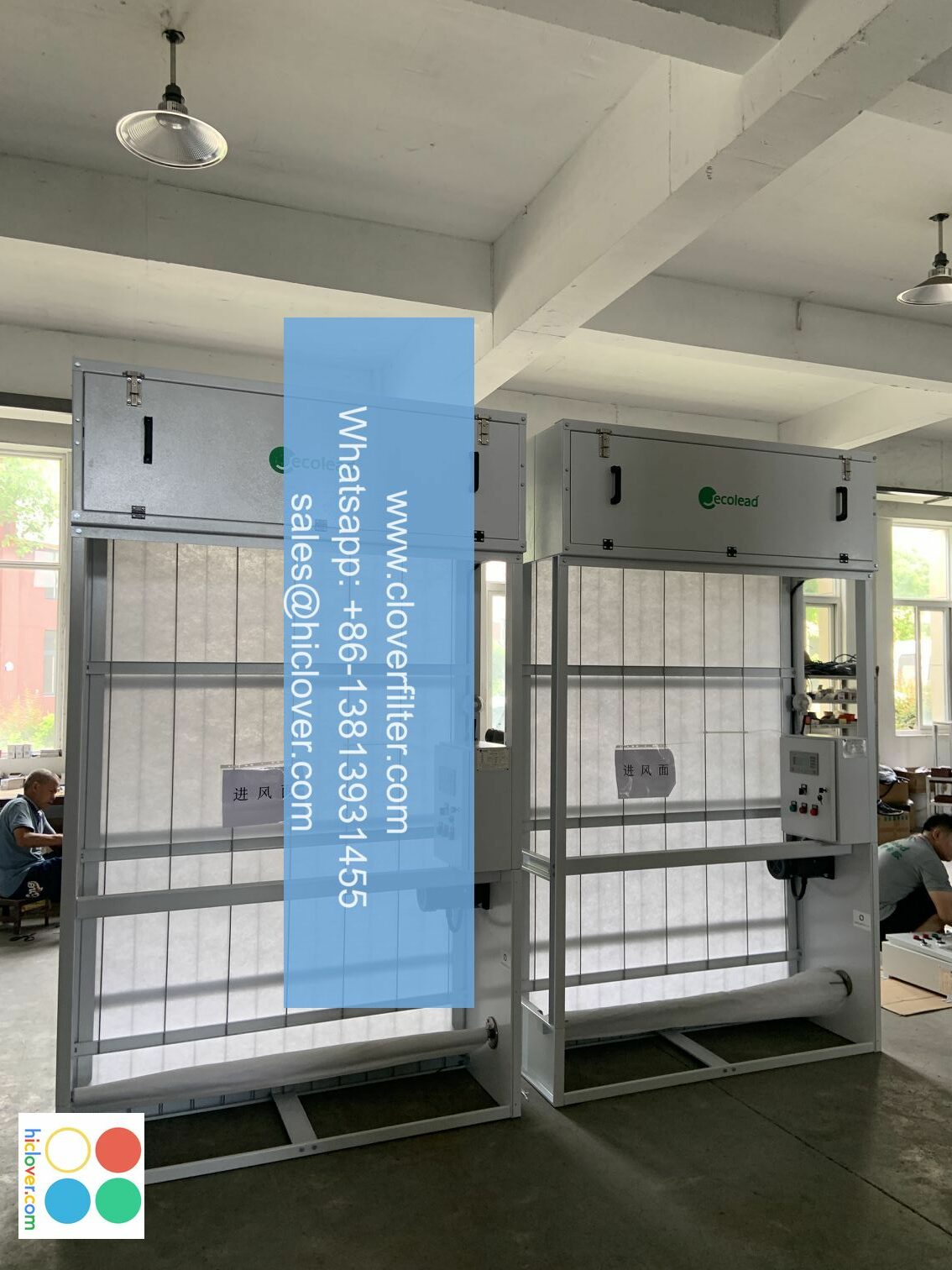Protecting Sensitive Environments: The Value of Cleanroom Air Filtration Systems in Labs and Hospitals

Protecting Sensitive Environments: The Value of Cleanroom Air Filtration Systems in Labs and Hospitals
Introduction
In today’s fast-paced world, the importance of protecting sensitive environments cannot be overstated. From laboratories to hospitals, the need for clean and controlled air is crucial to ensure the success of various scientific and medical procedures. One of the most effective ways to achieve this is through the use of cleanroom air filtration systems. In this article, we will explore the value of these systems in labs and hospitals, highlighting their application areas and benefits.
The Importance of Cleanroom Air Filtration Systems
Cleanroom air filtration systems are designed to remove particles, contaminants, and other airborne pollutants from the air, creating a controlled environment that is essential for various applications. In labs, cleanroom air filtration systems are used to prevent contamination of sensitive equipment, samples, and materials, ensuring accurate and reliable results. In hospitals, these systems are used to prevent the spread of airborne pathogens, reducing the risk of infection and improving patient outcomes.
Application Areas
Cleanroom air filtration systems have a wide range of applications in labs and hospitals, including:
Laboratory Applications
- Pharmaceutical and Biotechnology Research: Cleanroom air filtration systems are used to prevent contamination of sensitive equipment and samples, ensuring accurate and reliable results.
- Microbiology and Virology Research: These systems are used to prevent the spread of airborne pathogens, allowing researchers to study and isolate microorganisms safely.
- Materials Science and Nanotechnology Research: Cleanroom air filtration systems are used to prevent contamination of sensitive materials and equipment, ensuring accurate and reliable results.
Hospital Applications
- Operating Rooms: Cleanroom air filtration systems are used to prevent the spread of airborne pathogens, reducing the risk of infection and improving patient outcomes.
- ICU and Isolation Rooms: These systems are used to prevent the spread of airborne pathogens, allowing patients to recover safely and reducing the risk of infection.
- Laboratory and Diagnostic Testing: Cleanroom air filtration systems are used to prevent contamination of samples and equipment, ensuring accurate and reliable test results.
Benefits of Cleanroom Air Filtration Systems
The benefits of cleanroom air filtration systems in labs and hospitals are numerous, including:
- Improved Air Quality: Cleanroom air filtration systems remove particles, contaminants, and other airborne pollutants from the air, improving air quality and reducing the risk of infection.
- Increased Accuracy and Reliability: By preventing contamination of equipment and samples, cleanroom air filtration systems ensure accurate and reliable results in labs and hospitals.
- Reduced Risk of Infection: Cleanroom air filtration systems reduce the risk of infection by preventing the spread of airborne pathogens, improving patient outcomes and reducing healthcare costs.
- Cost Savings: By reducing the risk of contamination and infection, cleanroom air filtration systems can help reduce healthcare costs and improve resource allocation.
Conclusion
In conclusion, cleanroom air filtration systems are a crucial component of protecting sensitive environments in labs and hospitals. By removing particles, contaminants, and other airborne pollutants from the air, these systems ensure accurate and reliable results, reduce the risk of infection, and improve patient outcomes. Whether in a laboratory or hospital setting, the value of cleanroom air filtration systems cannot be overstated.
I’m happy to help! However, I need to know what you’d like to talk about or ask. Could you please provide a prompt or topic you’d like to discuss? Some examples might be:
* A question or problem you’re struggling with
* A topic you’re interested in or want to learn more about
* A story or scenario you’d like to explore
* A creative project you’d like to work on together (e.g. writing, drawing, or role-playing)
I’m here to listen and help in any way I can!


